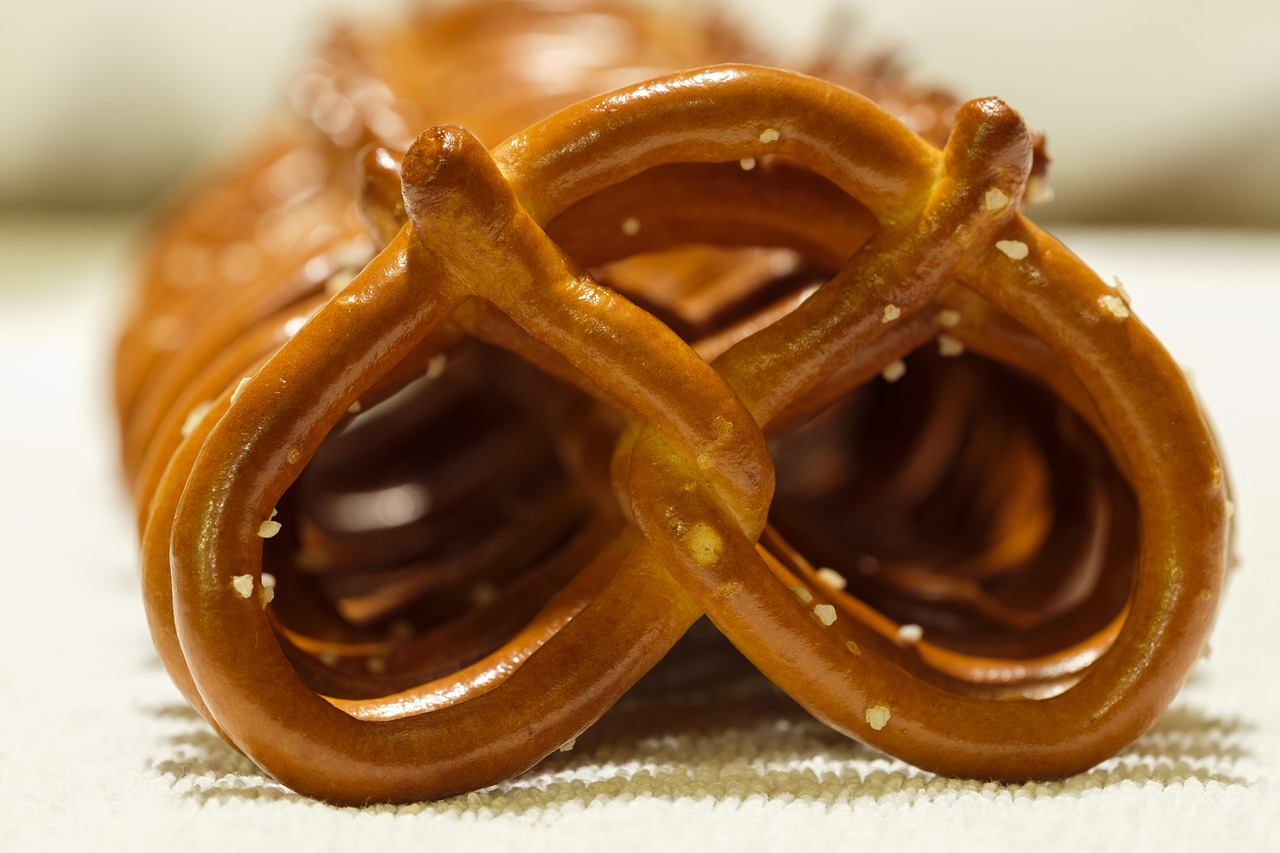Why Are Unsalted Pretzels Gaining Popularity?
Pretzels have been a beloved snack for centuries, but have you ever considered skipping the salt? Unsalted pretzels are making waves among health-conscious consumers, fitness enthusiasts, and parents looking for smarter snack choices. But are they just a bland alternative, or do they offer real benefits?
In this article, we’ll explore:
✅ The health advantages of unsalted pretzels
✅ How they compare to traditional salted pretzels
✅ Creative ways to enjoy them
✅ Expert-backed tips for choosing the best brands
Let’s dive in!
Health Benefits of Unsalted Pretzels
1. Lower Sodium Intake
The average American consumes 3,400 mg of sodium daily—far above the FDA’s recommended 2,300 mg limit. Just one ounce of salted pretzels can contain 300–500 mg of sodium, while unsalted versions have 0–5 mg.
Why it matters:
✔ Reduces risk of high blood pressure
✔ Supports heart health
✔ Helps prevent water retention
2. Better for Kids & Special Diets
Parents and schools are opting for unsalted pretzels as a low-sodium snack for children. They’re also ideal for people on:
-
Low-sodium diets (e.g., hypertension patients)
-
Kidney-friendly meal plans
-
Clean-eating lifestyles
3. Versatility in Flavor Pairings
Without salt, unsalted pretzels become a blank canvas. You can customize them with:
-
Sweet dips (chocolate hummus, yogurt)
-
Savory seasonings (garlic powder, nutritional yeast)
-
Nut butters (almond, peanut, or cashew butter)
Unsalted vs. Salted Pretzels: Which Wins?
| Feature | Unsalted Pretzels | Salted Pretzels |
|---|---|---|
| Sodium Content | 0–5 mg per serving | 300–500 mg per serving |
| Flavor Control | Customizable | Fixed (salty) |
| Health Impact | Heart-friendly | May contribute to excess sodium |
| Kid-Friendly? | Yes (less mess) | Yes (but high in salt) |
Verdict: If you’re watching sodium or love DIY flavors, unsalted wins. If you crave that classic salty crunch, stick with traditional.
How to Make UnsaltedPretzels Exciting
1. Spice Them Up
Toss unsalted pretzel in:
-
Cinnamon + honey (for a sweet twist)
-
Everything bagel seasoning (savory & crunchy)
-
Smoked paprika + garlic powder (bold flavor)
2. Use in Recipes
-
Pretzel-crusted chicken (swap breadcrumbs for crushed unsalted pretzel)
-
Trail mix (mix with nuts, seeds, and dried fruit)
-
Ice cream topping (adds crunch without extra salt)
3. Pair with Dips
-
Guacamole (healthy fats + crunch)
-
Dark chocolate fondue (indulgent yet balanced)
-
Hummus (protein-packed snack)
Top Unsalted Pretzel Brands to Try
Not all unsalted pretzel are created equal. Here are the best-rated options:
-
Snyder’s of Hanover UnsaltedPretzels – Classic crunch, no additives.
-
Rold Gold Tiny Twists Unsalted – Perfect for kids’ lunches.
-
365 by Whole Foods Market UnsaltedPretzels – Organic, no preservatives.
-
Unique Splits UnsaltedPretzels – Extra thick for dipping.
Pro Tip: Check labels for hidden additives like maltodextrin or excess sugar.
Expert Opinions on Unsalted Pretzels
We spoke with Dr. Sarah Johnson, RD, a nutrition specialist, for insights:
“Unsalted pretzel are a smart choice for anyone reducing sodium, but they shouldn’t replace whole foods like nuts or veggies. Pair them with protein or healthy fats to balance blood sugar.”
Key Takeaways:
✔ Great for occasional snacking
✔ Best when combined with nutrient-rich foods
✔ Not a “health food,” but a better alternative to chips or salted pretzels
Final Thoughts: Should You Switch to Unsalted Pretzels?
If you’re looking to cut sodium, manage blood pressure, or simply explore new snack flavors, unsalted pretzels are a solid choice. While they lack the addictive saltiness of traditional pretzels, their versatility makes them a pantry staple.
Try this today: Grab a bag of unsalted pretzel, sprinkle them with your favorite seasoning, and see how they compare!










